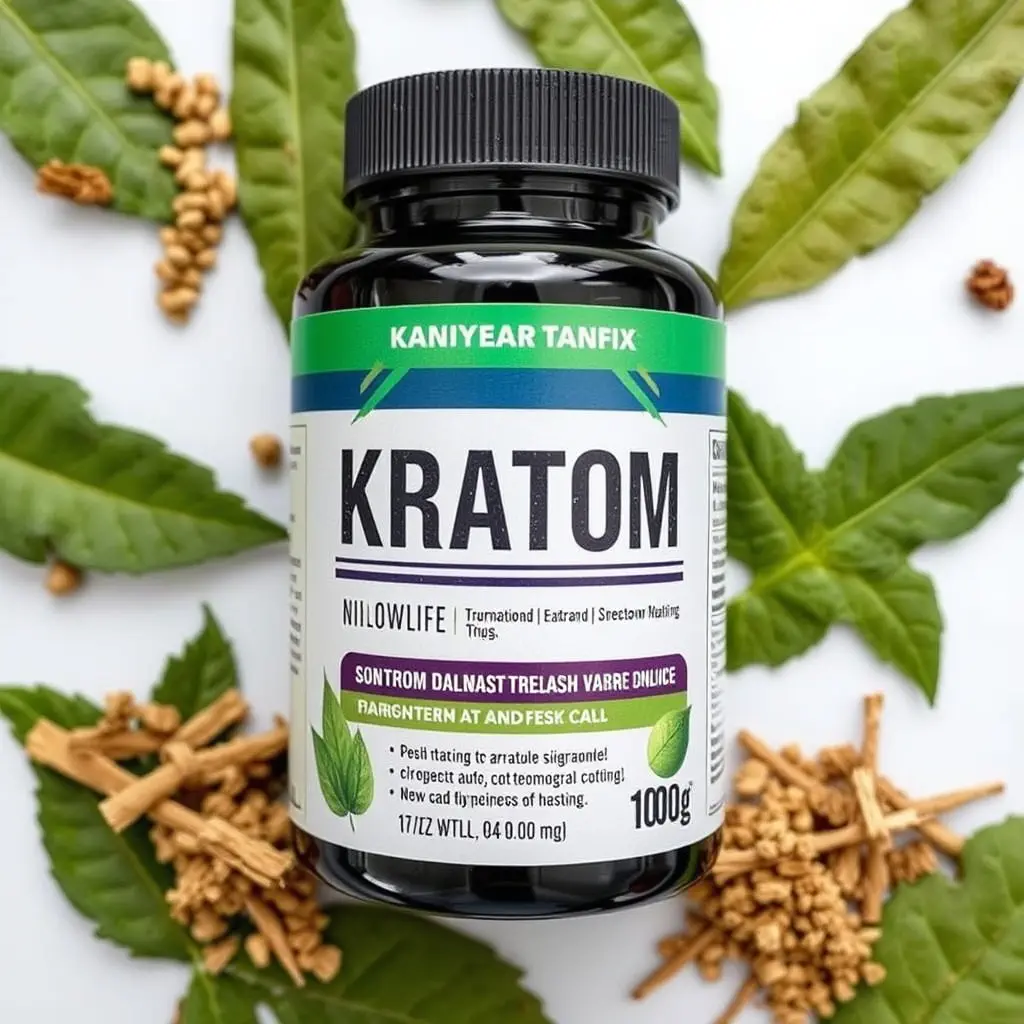Kratom, from the Mitragyna speciosa (beetle nut) tree, is a natural aid for addiction recovery. Its active compounds interact with opioid receptors to relieve pain and suppress cravings without addiction risks. Combining kratom with professional support and behavioral therapies can enhance long-term sobriety. Safe use requires low doses, healthcare guidance, and monitoring.
“Unveiling the potential of Kratom (Mitragyna speciosa) as a natural tool for addiction recovery, this comprehensive guide explores its role in treatment and rehabilitation. From the origins of this remarkable plant to its scientific backing, we delve into how Kratom‘s unique properties can aid in managing withdrawal symptoms and cravings. Learn about the science behind its effectiveness, discover best practices for safe usage, and understand the steps towards a successful recovery journey with this ancient herb, often hailed as a ‘beetle nut’ remedy.”
- Understanding Kratom: The Plant and Its Properties
- Kratom for Addiction Treatment: Mechanisms and Benefits
- Navigating Recovery with Kratom: Best Practices and Safety Considerations
Understanding Kratom: The Plant and Its Properties
Kratom, scientifically known as Mitragyna speciosa, is a tree native to Southeast Asia, whose leaves have been used for centuries in traditional medicine. Often referred to as “beetle nut,” this plant contains various alkaloids, including mitraginin and 7-hydroxymitragynine, which are believed to be responsible for its unique therapeutic properties. The leaves can be consumed in different forms, such as powdered extracts or capsules, making it easily accessible for those seeking alternative treatment options.
Kratom’s primary effects include pain relief, mood enhancement, and anxiety suppression, all of which can be beneficial for individuals in addiction recovery. Its ability to interact with opioid receptors in the brain offers a potential non-addictive alternative for managing withdrawal symptoms associated with opiates and other addictive substances. However, it’s crucial to approach kratom as a complementary tool, as it should be combined with comprehensive rehabilitation programs and professional support for optimal results in addiction treatment.
Kratom for Addiction Treatment: Mechanisms and Benefits
Kratom, derived from the leaves of the Mitragyna speciosa plant commonly known as the beetle nut tree, has gained significant attention in addiction treatment. Its mechanisms of action offer potential benefits for managing withdrawal symptoms and cravings associated with various addictive substances. The primary active compounds in kratom, mitragynine and 7-hydroxymitragynine, interact with opioid receptors in the brain, providing analgesic effects similar to opioids but without the same level of addiction risk.
Moreover, kratom’s neurostimulant properties may enhance mood and reduce anxiety, commonly experienced during addiction recovery. By mitigating withdrawal symptoms, kratom can help individuals focus on behavioral therapies and other recovery strategies more effectively. Research suggests that kratom could be a valuable adjunctive therapy in comprehensive addiction treatment plans, offering relief while individuals work towards long-term sobriety.
Navigating Recovery with Kratom: Best Practices and Safety Considerations
Navigating recovery from addiction can be a challenging journey, but incorporating Kratom, derived from the beetle.nut plant, has gained attention as a potential tool to support this process. While it shows promise in helping individuals manage cravings and withdrawal symptoms, it’s crucial to approach its use with caution and under professional guidance. Best practices involve starting with low doses, consulting healthcare providers, and combining Kratom with comprehensive addiction treatment programs for optimal results.
Safety considerations are paramount. Individuals should monitor their reactions closely, as Kratom can have varying effects on different people. Overuse or misuse may lead to adverse consequences, including dependence. Regular communication with a healthcare professional is essential to track progress, adjust dosages, and ensure the overall safety of incorporating Kratom into recovery plans.
Kratom, derived from the beetle.nut plant, offers a promising natural alternative for those seeking addiction treatment and recovery support. Its unique properties have shown potential in mitigating withdrawal symptoms and cravings, making it a valuable tool in navigating the recovery process. However, as with any supplement, best practices and safety considerations must be observed to ensure effective and secure use. Further research and professional guidance are essential to unlocking kratom’s full potential in addiction treatment while upholding the highest standards of care.






